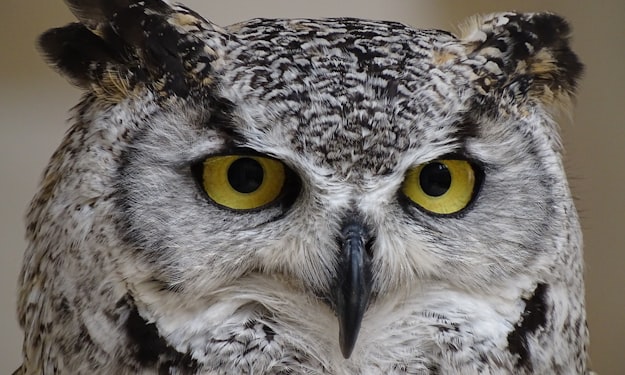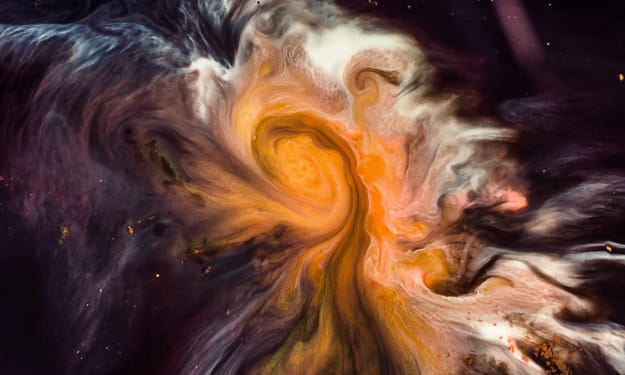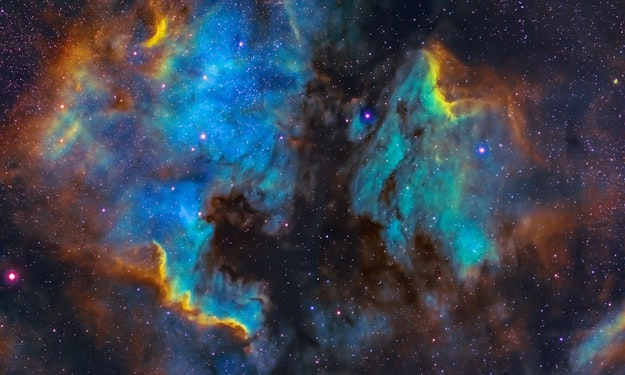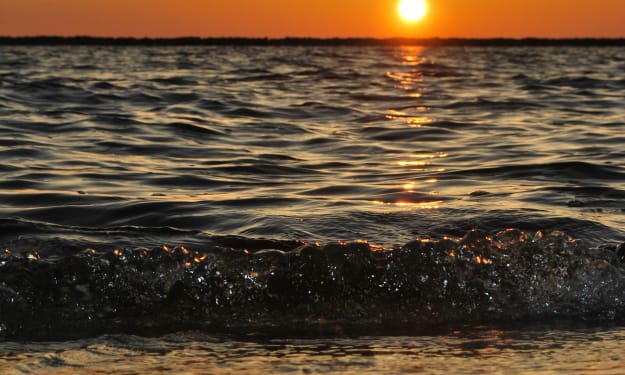habitat
The natural home and environment for all things sci fi, including future homes and territories.


Aestas ¤ The Yellow Balloon
As humanity begins to tame the stars above, at what point do a group of colonists turn into a unique, indigenous people who will band together to protect their homeland... no matter what?


From Revenue-Driven to Customer-Centric real quick
From Revenue-Driven to Customer-Centric real quick - The future of branding lies in these trends- Current Branding Trends 2024
Hridya SharmaPublished 6 days ago in Futurism

Debunking Myths: Understanding the Real Effects of Social Media
Millions of humans around the arena use social media. Social media is the Internet system that allows customers to create content material and share data. The largest offerings consist of Facebook, Instagram and Twitter. LinkedIn specializes in enterprise and professional development. Other websites are aimed at more youthful customers. Most human beings use those websites to shape social networks.
Hridya SharmaPublished 9 days ago in Futurism

The Evolution of Apple: A Journey from Humble Beginnings to Technological Revolution
In the annals of technological history, few companies have left as profound a mark as Apple Inc. From its modest beginnings in a garage to its status as a global tech giant, Apple's journey is a testament to innovation, design excellence, and unwavering vision. This article traces the evolution of Apple from its inception to the present day, exploring the key milestones, products, and cultural impact that have defined the company's trajectory.


Jupiter Changes Color Every 5 Years
Picture a tiger. Tigers are known for their beautiful stripes, which they always keep the same. However, imagine if the tiger stripes could change their size, position, and colors from time to time. Magical, right? But that's exactly what happens with one titan of our solar system, Jupiter. Why and how? Well, astronomers might just have the answer, so let's see.
Abdul Hannan SaifPublished about a month ago in FuturismThe Amazing Range of Complex Eyes
Within the broad light spectrum, gamma rays are at one end with short wavelengths, and radio waves with longer wavelengths are at the opposite end.
A B ForbesPublished about a month ago in Futurism

"How deep have we been able to observe inside the Sun?"
The Sun, our 4-and-a-half billion-year-old parent star, is a fascinating celestial body that has captivated humans for centuries. Thanks to NASA's Solar Dynamics Observatory satellite (SDO) mission, we now have access to an incredible full portrait of the Sun's surface, allowing us to study its behavior and impact on life on Earth and the future of our space technologies.
Abdul Hannan SaifPublished 2 months ago in Futurism

"Unbelievable Space Events that you'd be lucky to miss"
Earth’s magnetic field is one of its most fascinating features, and it plays a critical role in protecting us from harmful cosmic rays. However, it turns out that this magnetic field is weakening day by day, and if this trend continues, we could be in for some trouble within a millennium.
Abdul Hannan SaifPublished 2 months ago in FuturismEmbracing Universal Love: A Path to Harmony
In a world often marked by division and discord, the idea of loving everyone, irrespective of their beliefs, nationality, or background, may seem like an idealistic notion. However, it is precisely in these challenging times that the concept of universal love gains its utmost significance. The power to transcend hatred, animosity, and prejudices lies within the human capacity to foster a genuine, all-encompassing love for every individual, every religion, and every country.
Movie Foo1Published 2 months ago in Futurism

Synergy Unleashed: The Power of Strategic Marketing in Your Marketing Plan
Synergy Unleashed: The Power of Strategic Marketing in Your Marketing Plan Strategic advertising, or advertising method, is a term that you could listen to pretty plenty, but possibly no longer recognize completely. It is now and again dismissed as the simplest being of relevance to larger organizations. But, in real reality, strategic advertising questioning should underpin each advertising activity that an SME enterprise undertakes. This article will explain what its importance is , and why is it so critical to commercial achievement.
Hridya SharmaPublished 2 months ago in FuturismLost in Space
I always wanted to be an astronaut, to go see what outer space felt like. The charm of adventure. I thought I might become a NASA Intern or an Astronaut, or if not that, maybe get a Job as an Astrophysicist there. Those privileges are just for US Citizens, I came to know when I actually applied for it. Well that's a sad story. Isn't it?
Syeda Ayesha ArshadPublished 2 months ago in Futurism

What If the Sun Went Boom?
Have you ever wondered about the impact of a catastrophic event such as the explosion of the sun on our planet? Despite its unpleasantness, it is an intriguing thought. The sun, a vital element in our solar system, is responsible for providing the Earth with the necessary warmth, light, and energy to sustain life. But what if it were to suddenly disappear? What if the sun were to go boom?
Abdul Hannan SaifPublished 3 months ago in Futurism


















